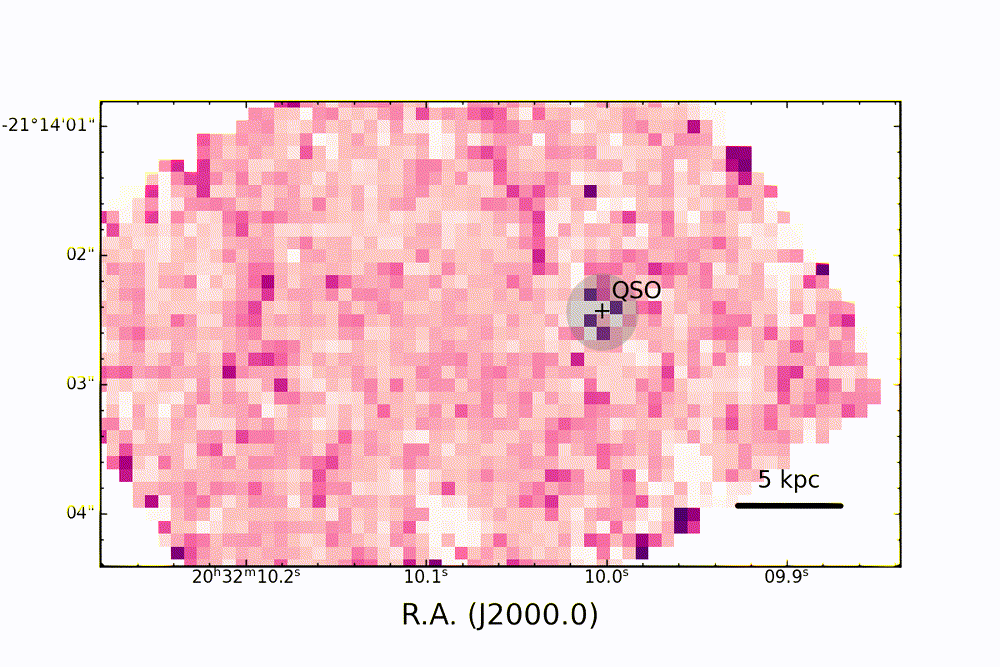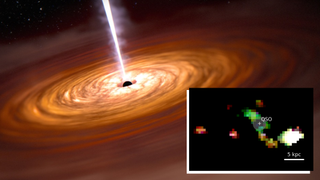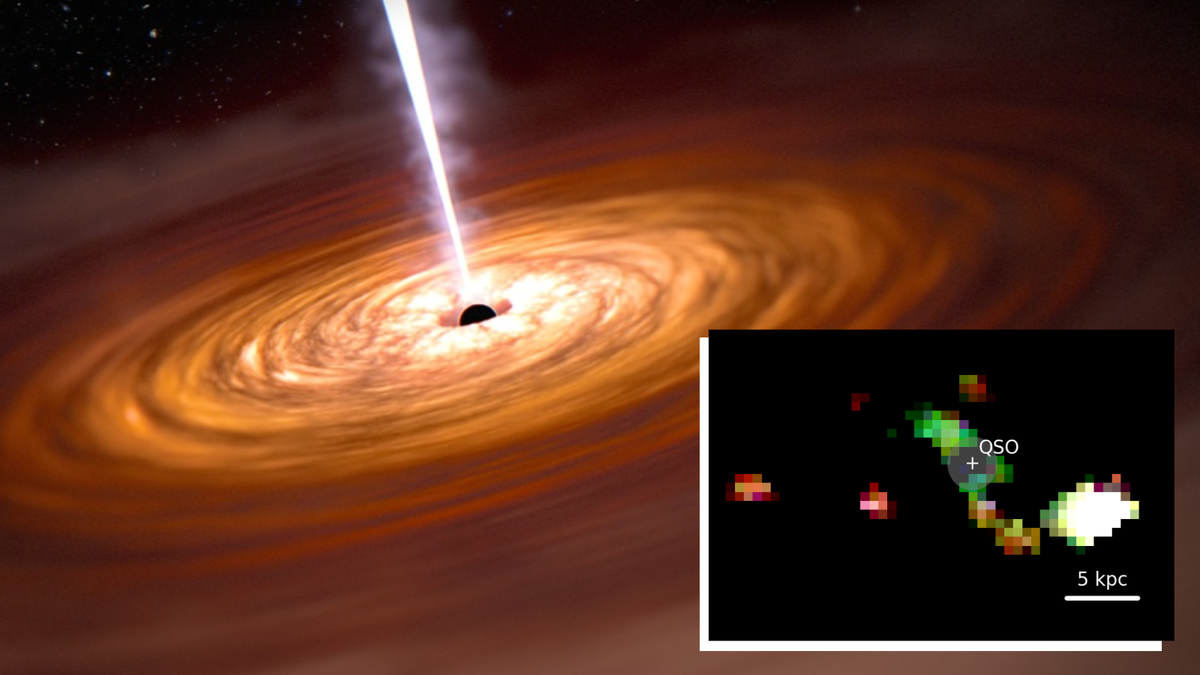
Two galaxies, the Penguin and the Egg, are currently in the process of merging 326 million light-years away in the Hydra constellation. The James Webb Space Telescope (Webb) has captured stunning images of these interacting galaxies, revealing their unique features and providing insights into their past interactions.
The Penguin galaxy, also known as NGC 2936, displays a distinct shape with its spiral arms resembling the head, backbone, and tail of a penguin. The Egg galaxy, or NGC 2937, is larger and appears as an oval-shaped object in the images. These galaxies first interacted approximately 25 million to 75 million years ago.
Webb's Near-Infrared Camera and Mid-Infrared Instrument have provided detailed information about these galaxies. The telescope has revealed a blue haze representing stars and gas that connects the two objects. Star formation has occurred in parts of the Penguin galaxy due to gravitational tugs from the Egg galaxy.
The merger of these galaxies will eventually result in a single, larger entity. This cosmic event is an excellent example of how galaxies evolve and change over time.
Webb's observations have been supported by data from other telescopes, including NASA's Hubble Space Telescope. The combined data provides a more comprehensive understanding of the complex interactions between these two galaxies.
The Webb Space Telescope is a collaborative project between NASA, the European Space Agency (ESA), and the Canadian Space Agency (CSA). It was launched on December 25, 2021, and has since provided unprecedented insights into the universe through its observations in infrared light. The telescope's keen gaze has been able to peer through otherwise obscuring gas and dust to spot distant galaxies and detect molecules that are essential for understanding the origins of life.







